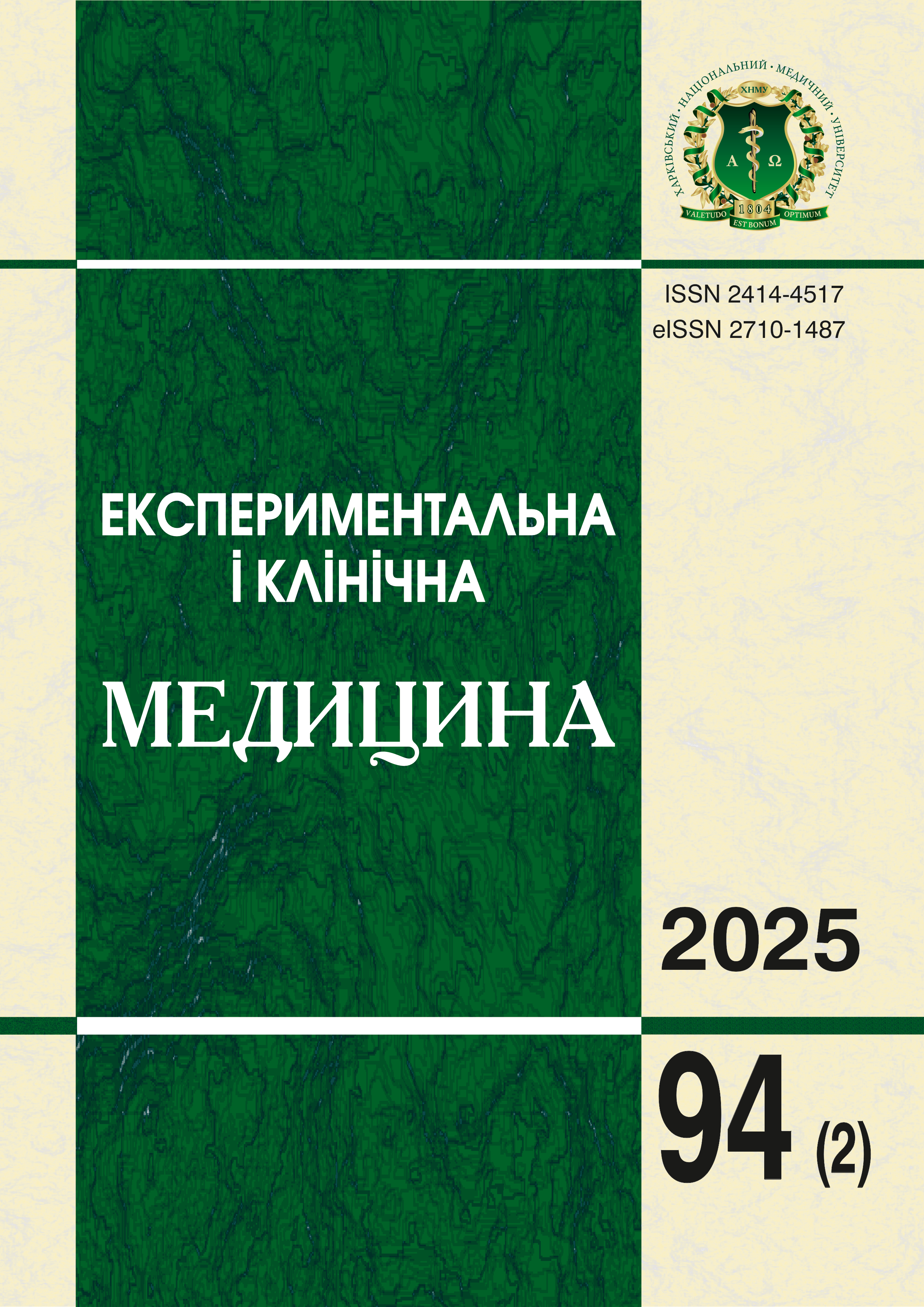Abstract
In press
Measurement of serum creatinine is an important test for assessing kidney function. Among several methods of laboratory measurement of creatinine, isotope dilution mass spectrometry is considered the most accurate. The colorimetric Jaffe method is commonly used in clinical practice, but is subject to interference by a range of substances. The amount of creatinine the body produces each day depends on the person's muscle mass. Plasma creatinine levels vary substantially (with coefficient of variability from 8% to 27%), mostly due to the effects of diet and of intra- and inter-patient variability in the production, tubular secretion, and renal and extra-renal excretion and degradation of creatinine. There are pre-renal, renal and post-renal causes of elevated creatinine. Urea/serum creatinine ratio can help distinguish pre-renal from renal causes. A ratio >100 suggests pre-renal causes, whereas a ratio <40 suggests renal causes. The typical rise in serum creatinine in acute kidney injury is 88 to 177 µmol/L/day. Suspicion of rapidly progressive glomerulonephritis or rhabdomyolysis should arise in cases of more prominent rise in serum creatinine. Rises in creatinine are delayed for approximately [12–24] hours following kidney injury. When evaluating the causes of increased serum creatinine, significant importance is attached to the analysis of the drugs that the patient was taking. Antibacterial and antiviral agents, nonsteroidal anti-inflammatory agents, and proton pump inhibitors have the greatest nephrotoxic potential. A decrease in glomerular filtration rate under the influence of inhibitors of the renin-angiotensin-aldosterone system is more often a sign of the effective action of the drugs than of acute kidney injury. Diuretics do not cause acute kidney injury if not used excessively. Rise in serum creatinine is associated with an increased risk of end-stage renal disease and death, although some causes of the increased serum creatinine are reversible.
Keywords: laboratory measurement, kidney injury, nephrotoxicity of drugs.
References
Syme NR, Stevens K, Stirling C, McMillan DC, Talwar D. Clinical and analytical impact of moving from Jaffe to enzymatic serum creatinine methodology. J Appl Lab Med. 2020;5(4):631-42. DOI: 10.1093/jalm/jfaa053. PMID: 32447368.
Kidney Disease: Improving Global Outcomes (KDIGO) CKD Work Group. KDIGO 2024 Clinical Practice Guideline for the Evaluation and Management of Chronic Kidney Disease. Kidney Int. 2024;105(4S):S117-S314. DOI: 10.1016/j.kint.2023.10.018. PMID: 38490803.
Myers GL, Miller WG, Coresh J, Fleming J, Greenberg N, Greene T, et al. Recommendations for improving serum creatinine measurement: a report from the Laboratory Working Group of the National Kidney Disease Education Program. Clin Chem. 2006;52(1):5-18. DOI: 10.1373/clinchem.2005.0525144. PMID: 16332993.
Silva AC, Gómez JF, Lugon JR, Graciano ML. Creatinine measurement on dry blood spot sample for chronic kidney disease screening. J Bras Nefrol. 2016;38(1):15-21. DOI: 10.5935/0101-2800.20160004. PMID: 27049360.
Gualano B, Ugrinowitsch C, Novaes RB, Artioli GG, Shimizu MH, Seguro AC, et al. Effects of creatine supplementation on renal function: a randomized, double-blind, placebo-controlled clinical trial. Eur J Appl Physiol. 2008;103(1):33-40. DOI: 10.1007/s00421-007-0669-3. PMID: 18188581.
Cancela P, Ohanian C, Cuitiño E, Hackney AC. Creatine supplementation does not affect clinical health markers in football players. Br J Sports Med. 2008;42(9):731-5. DOI: 10.1136/bjsm.2007.030700. PMID: 18780799.
Pou PA, Gonzalez IA, Garcia AI, Garcia-Fernandez N. Improvement of drug prescribing in acute kidney injury with a nephrotoxic drug alert system. Eur J Hosp Pharm. 2019;26(1):33-8. DOI: 10.1136/ejhpharm-2017-001300. PMID: 31157093.
Griffin BR, Wendt L, Vaughan-Sarrazin M, Hounkponou H, Reisinger HS, Goldstein SL, et al. Nephrotoxin exposure and acute kidney injury in adults. Clin J Am Soc Nephrol. 2023;18(2):163-72. DOI: 10.2215/CJN.0000000000000044. PMID: 36754005.
Schreier DJ, Rule AD, Kashani KB, Mara KC, Kane-Gill SL, Lieske JC, et al.; ACT Study Team. Nephrotoxin exposure in the 3 years following hospital discharge predicts development or worsening of chronic kidney disease among acute kidney injury survivors. Am J Nephrol. 2022;53(4):273-81. DOI: 10.1159/000522139. PMID: 35294951.
Stottlemyer BA, Abebe KZ, Palevsky PM, Fried L, Schulman IH, Parikh CR, et al. Expert Consensus on the nephrotoxic potential of 195 medications in the non-intensive care setting: a modified Delphi method. Drug Saf. 2023;46(7):677-87. DOI: 10.1007/s40264-023-01312-5. PMID: 37223847.
Fernandez-Llaneza D, Vos RMP, Lieverse JE, Gosselt HR, Kane-Gill SL, van Gelder T, Klopotowska JE; LEAPfROG Consortium. An integrated approach for representing knowledge on the potential of drugs to cause acute kidney injury. Drug Saf. 2025;48:43-58. DOI: 10.1007/s40264-024-01474-w.
Coca SG, Zabetian A, Ferket BS, Zhou J, Testani JM, Garg AX, Parikh CR. Evaluation of short-term changes in serum creatinine level as a meaningful end point in randomized clinical trials. J Am Soc Nephrol. 2016;27(8):2529-42. DOI: 10.1681/ASN.2015060642. PMID: 26712525.
Chen J-Y, Tsai I-J, Pan H-C, Liao H-W, Neyra JA, Wu V-C, Chueh JS. The Impact of angiotensin-converting enzyme inhibitors or angiotensin ii receptor blockers on clinical outcomes of acute kidney disease patients: a systematic review and meta-analysis. Front. Pharmacol. 2021;12:665250. DOI: 10.3389/fphar.2021.665250. PMID: 34354583.

This work is licensed under a Creative Commons Attribution-NonCommercial-ShareAlike 4.0 International License.

